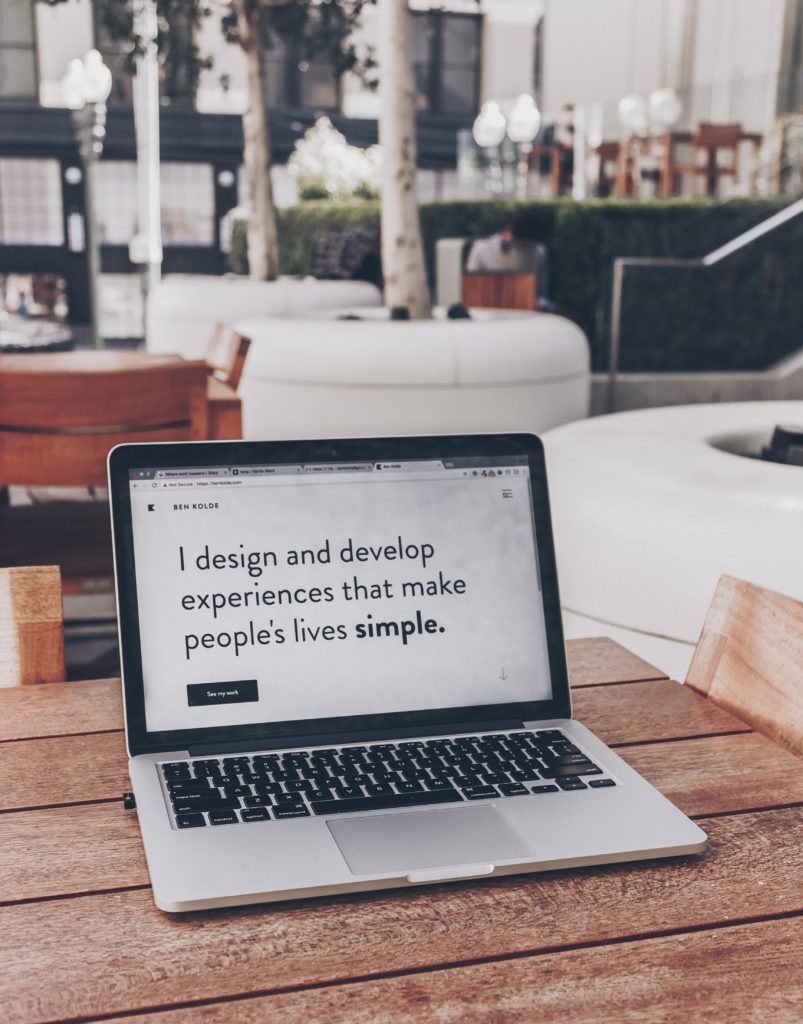The Sticky Situation: 📌 Myth about Design Thinking: it’s not just sticky notes chaos!!
We’ve all seen those YouTube clips featuring the same workshop materials – a rainbow of sticky notes scattered across walls. It’s time to break free from this sticky note overload and discover the true essence of Design Thinking.

The Challenge: 👉 Problem Statement: “Breaking Free from Sticky Note Overload” – how can we revolutionize Design Thinking workshops to prioritize digital collaboration, reducing the environmental impact of excessive sticky note usage? Let’s focus on diving deep into root causes instead of drowning in a sea of paper.
The Digital Frontier: 💻 Embracing the digital age, I’ve found a solution that goes beyond the limitations of physical sticky notes – the Miro board. This is not a sponsored post; it’s a genuine recommendation for a tool that has transformed the way I approach Design Thinking. Take a virtual stroll through a project I’ve worked on with FPL: https://miro.com/app/board/uXjVOjr4VF8=/
Why Miro? 🌐 Miro is not just a tool; it’s a game-changer for Design Thinking enthusiasts. It provides a platform for seamless digital collaboration, breaking down geographical barriers and promoting efficient teamwork. No more searching for lost sticky notes or dealing with the environmental guilt of excessive paper usage.

Benefits of Going Digital: 🌍 Environmental Impact: By transitioning from physical to digital, we significantly reduce our carbon footprint. No more wasteful sticky note consumption – just a commitment to sustainability and eco-friendly problem-solving.
🤝 Enhanced Collaboration: Miro facilitates real-time collaboration, allowing team members to contribute, edit, and ideate from anywhere in the world. Say goodbye to the limitations of physical workshops and embrace a truly global Design Thinking experience.
🚀 Streamlined Processes: Digital collaboration means no more manual data entry or transcription errors. Miro enhances efficiency, ensuring that the focus remains on solving problems rather than managing the chaos of sticky notes.
Conclusion: 🎨 Design Thinking is evolving, and so should our tools. Say farewell to the sticky note chaos and join the digital revolution with Miro. Let’s break free from the confines of physical workshops and dive into a world of limitless possibilities. Design Thinking has never been this exciting, this witty, and this environmentally conscious! 🚀💡